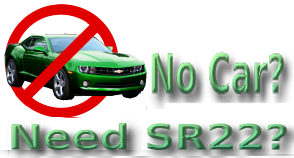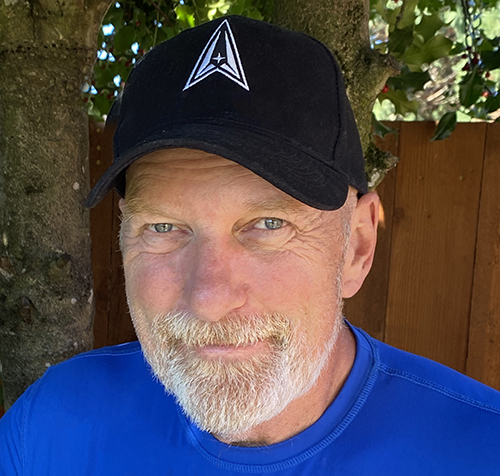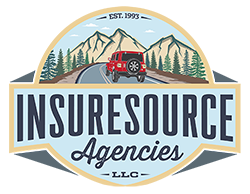Oregon requires every registered vehicle to carry auto insurance, whether parked, stored, broken down, or in full use. If the tags are valid, the car must be insured. If you need insurance due to a ticket or other infraction and don't own a car, you'll need to purchase a Non-Owner Policy. Some people refer to this type of insurance as "covering your license". Maybe that's true. It keeps your license from being suspended. But it covers a lot more. It covers YOU. It also covers passengers riding with you in the car. Moreover, it covers the people in the other car if you injure them in an accident. And it covers the vehicle or property of others if you run into it.
You buy insurance to be responsible for the damage and injury you may cause to others. The DMV ensures compliance with the law by requiring your insurance company to file an SR22 certificate with them. An SR22 certificate is nothing more than a little piece of paper with your personal information, the policy information, and the insurance company name. That's it! Just proof you have regular insurance. It's not any special type of insurance. In fact, in most cases, the price is the same whether you need SR22 or not, except for a small filing fee or percentage increase to cover the cost of the insurance company sending in the piece of paper.
A Non-Owner policy has the same coverage as a regular Owner-Operator Policy, with one difference. It will not provide Physical Damage insurance on the car you will be driving. It is implied that you don't own a car if you buy a Non-Owner policy. So, the vehicle you may be driving won't belong to you. It belongs to someone else. It will be the responsibility of the actual owner of the vehicle to maintain Physical Damage insurance on his car, not you, the borrowing driver.
Bodily Injury Liability
The Non-Owner Policy has Bodily Injury Liability Coverage. This means that your insurance company, which issued you the Non-Owner Policy, will cover the medical bills and, in some cases, pain and suffering of the other party you injure in an accident, up to the policy limit. Now, this coverage you have purchased under a Non-Owner Policy kicks in usually after all the bodily injury coverage has been used up under the policy covering the car bought by its owner. Your policy will usually take effect on a secondary basis. In a way, you are double covered when there is a policy on the car in addition to your Non-Owner Policy.
Property Damage Liability
A Non-Owner policy has Property Damage Coverage. Run into another vehicle or someone else's property. Your policy will pay to repair or replace the property after the coverage is exhausted, as purchased by the car's owner. Your policy does cover damages you cause to the vehicle while driving. The owner must carry physical damage coverage, otherwise known as Collision and Other than Collision (Comprehensive) Coverage.
Uninsured Motorist Bodily Injury
Suppose you are involved in an accident driving the car that belongs to someone else, and you are hit by another driver who doesn't have insurance, and you are injured. There are several ways you can collect for your medical injuries. The policy covering the car can pay for your injuries up to its limit. Your Non-Owner policy would then kick in and continue paying if the injuries exceed what the owner's policy covers. Then, to top all that, the Personal Injury Protection Coverage (PIP)(see below) of both the owner's policy and your policy would take over.
Personal Injury Protection
The Personal Injury Protection (PIP) Coverage is mandatory in Oregon. If a car or a non-owner has insurance, the driver and passengers in the vehicle are covered for medical bills and other related expenses up to $15,000 per person. And, the Non-Owner policy can pay an additional $15,000 for the Non-Owner Policy holder.
Physical Damage Coverage
Since the Non-Owner policy covers the damages and injuries caused by the driver after the owner's policy is exhausted and the non-owner doesn't own the car being driven, the Non-Owner Policy will not cover the vehicle being driven for Physical Damage Coverage. The car owner is responsible for maintaining Comprehensive and Collision Coverage on their vehicle.


